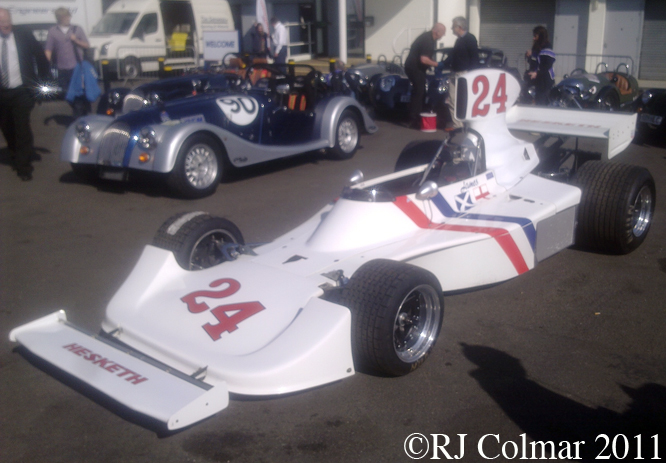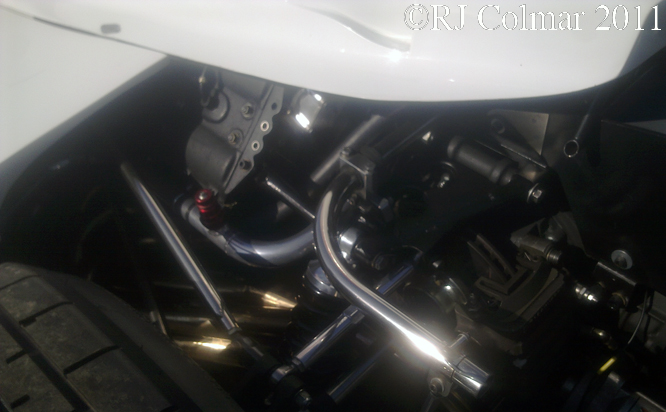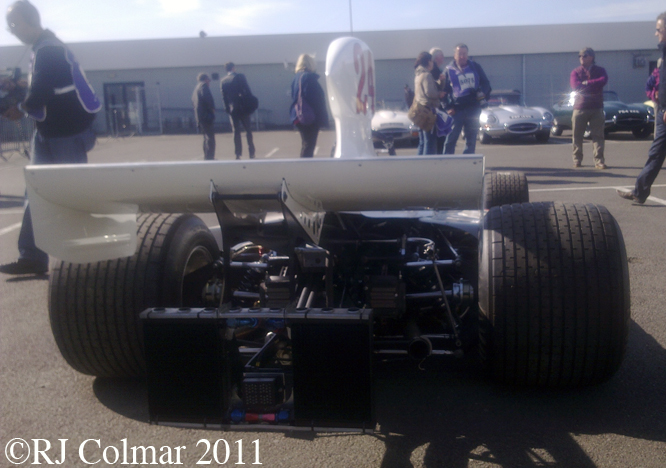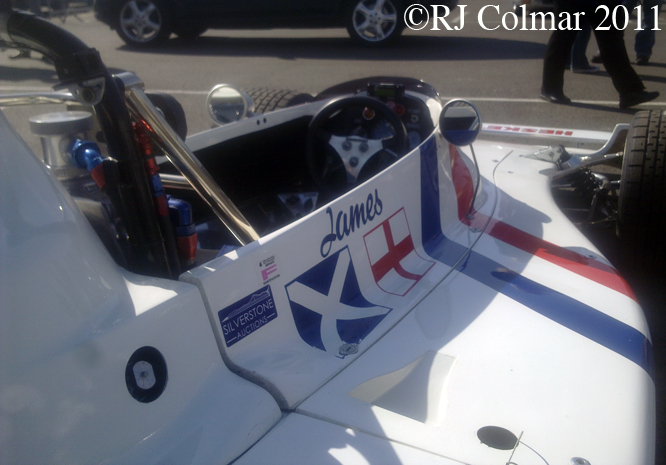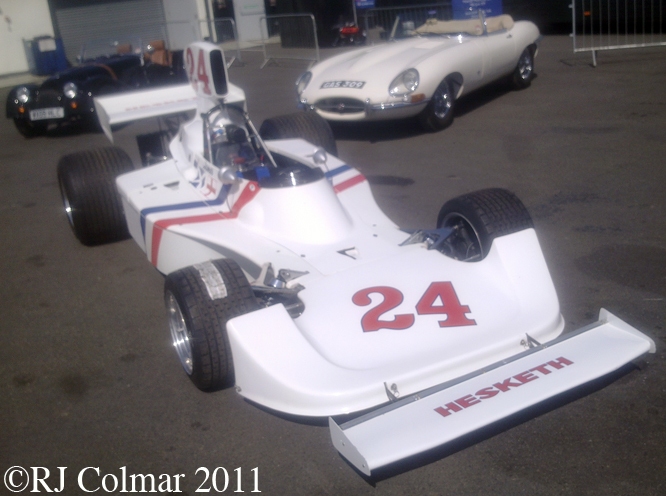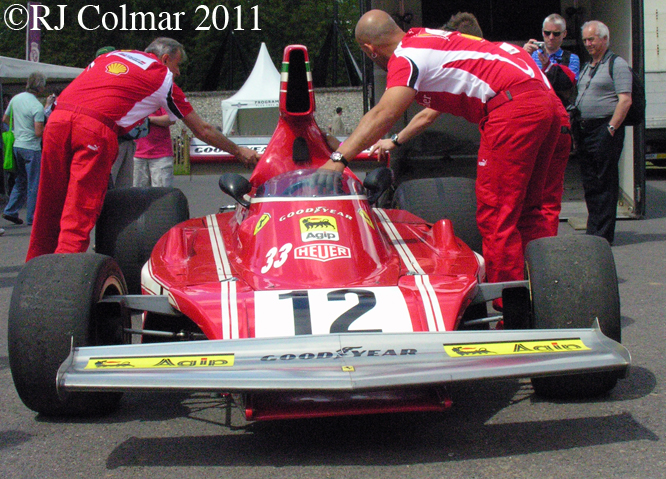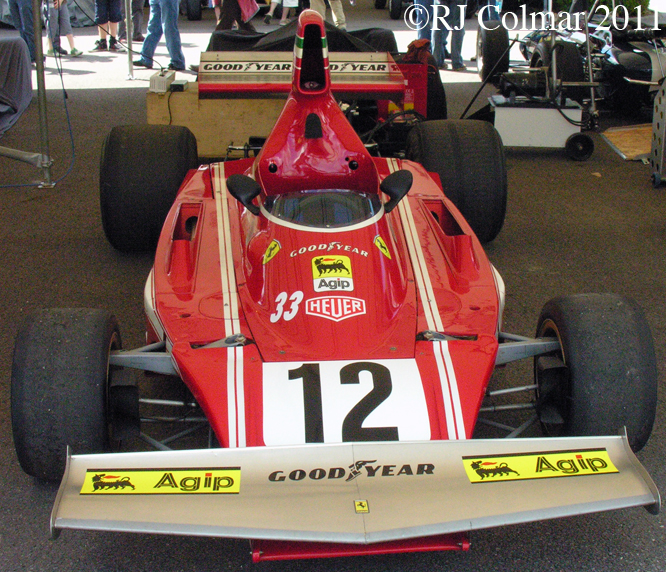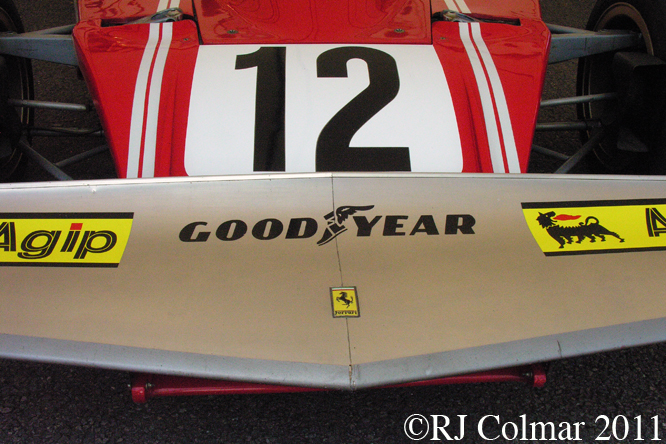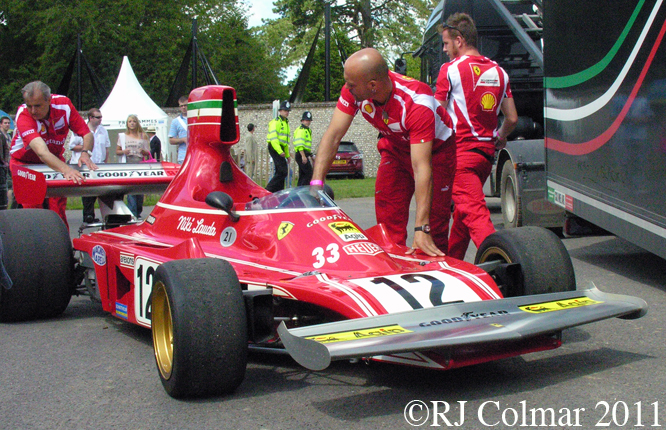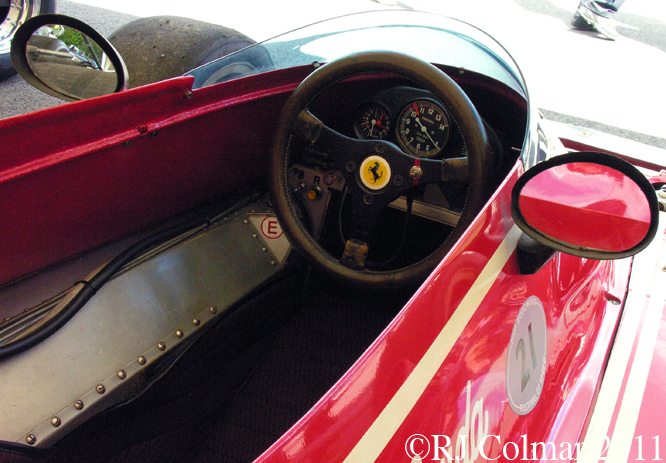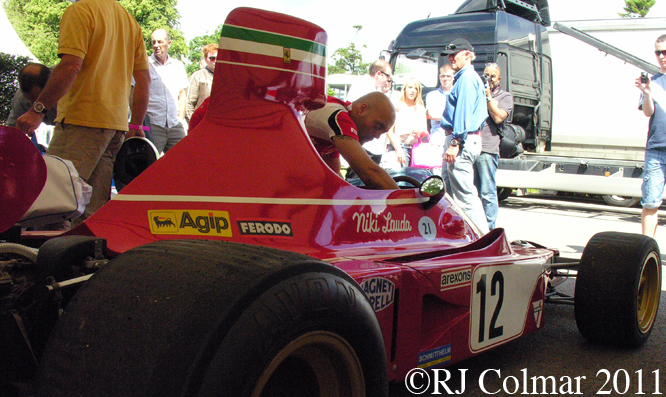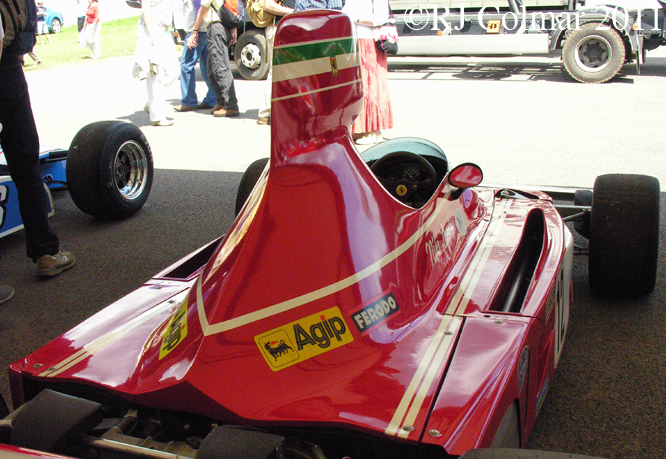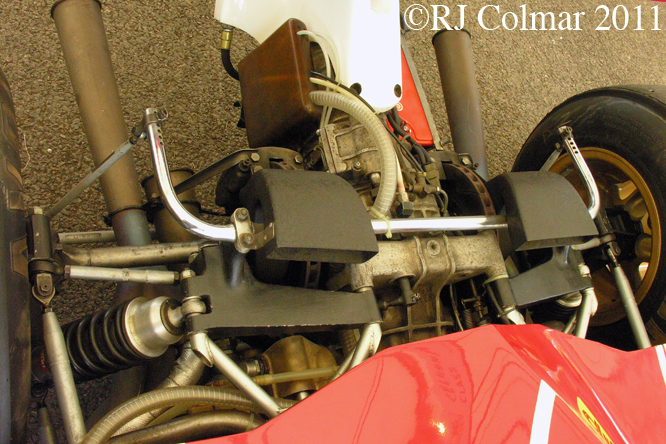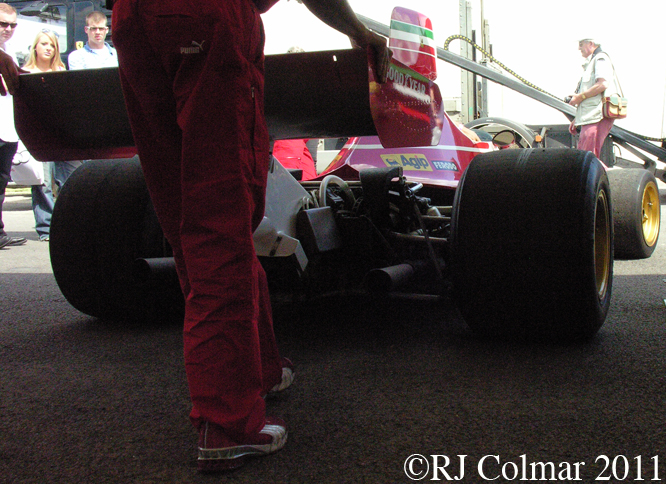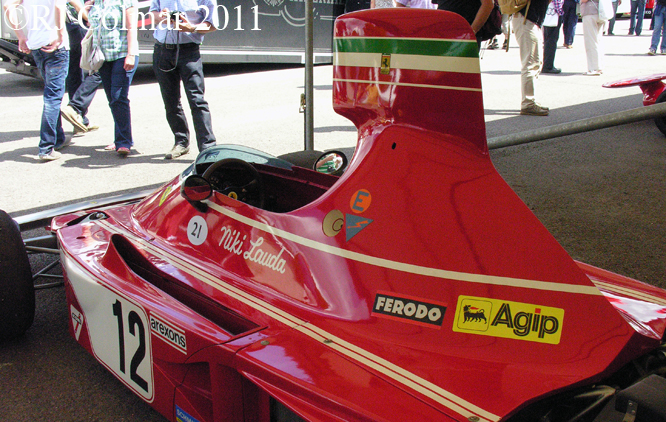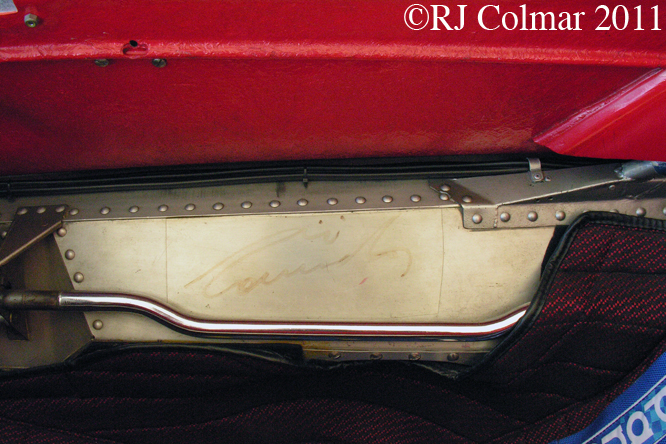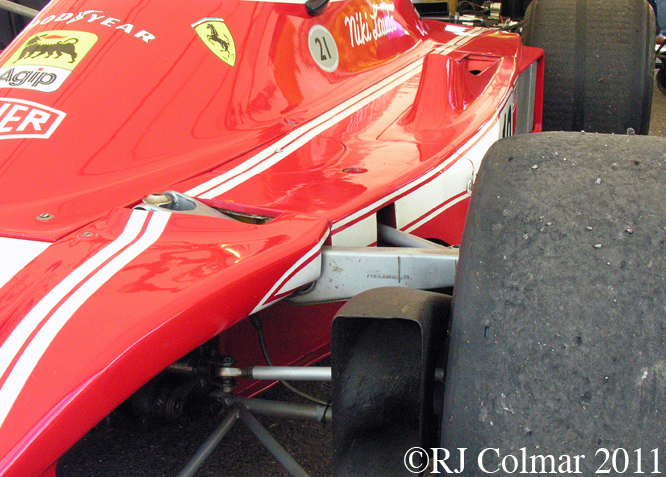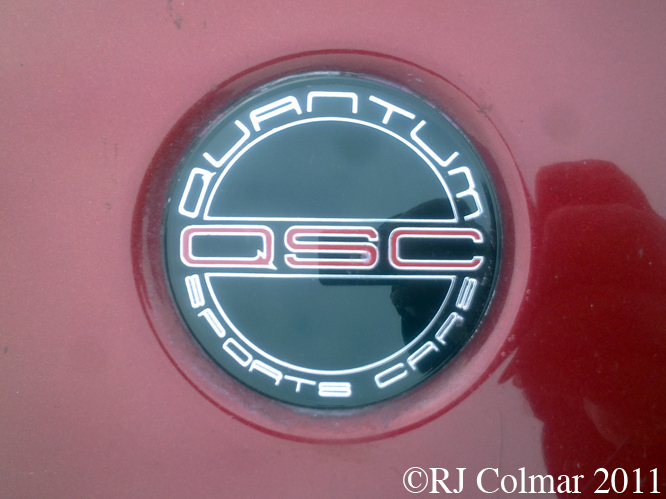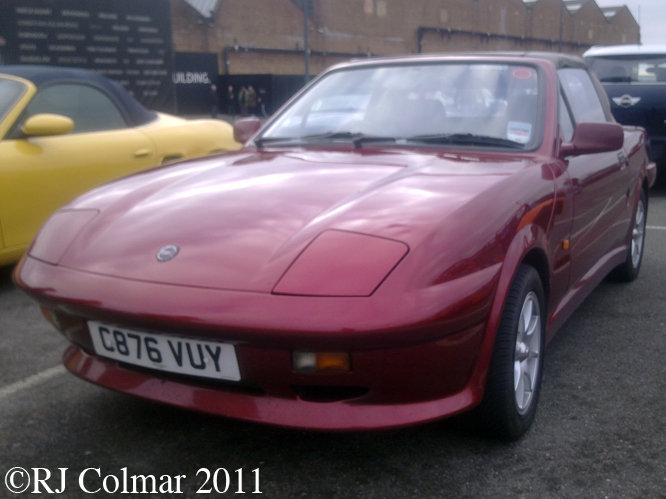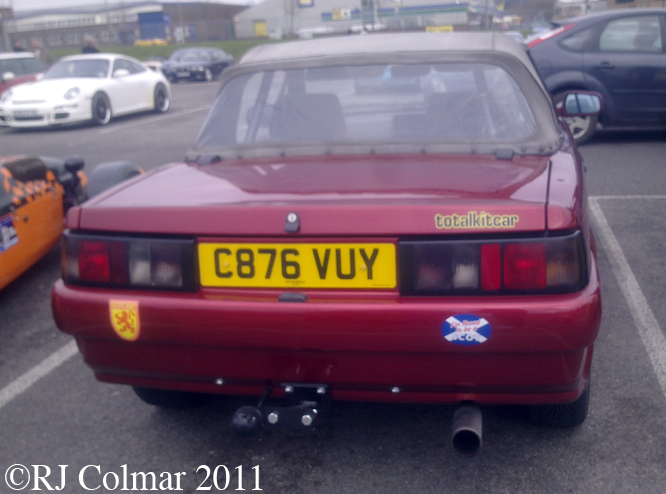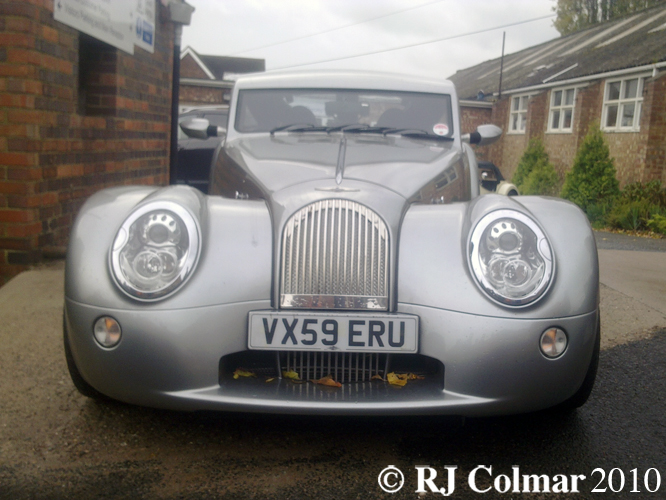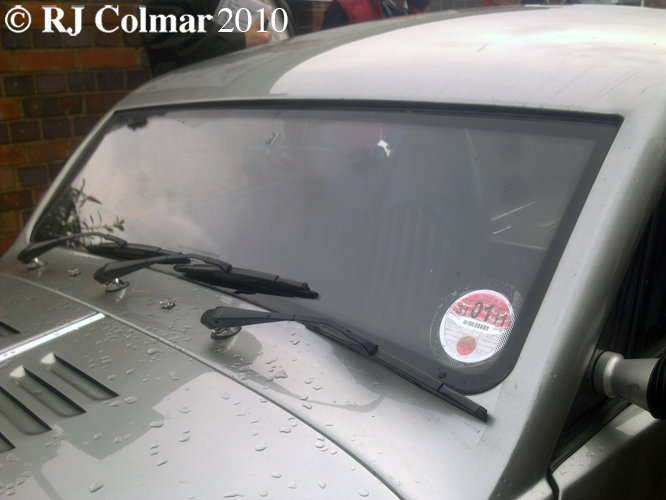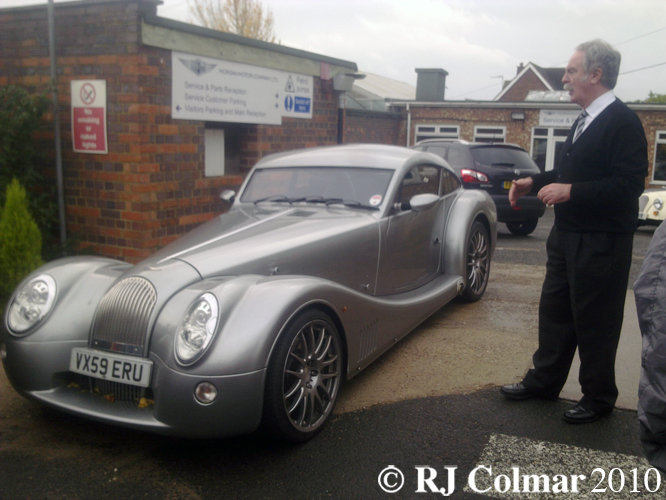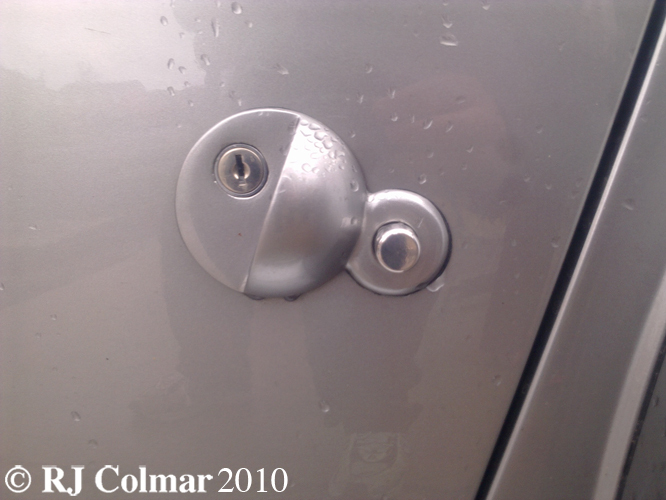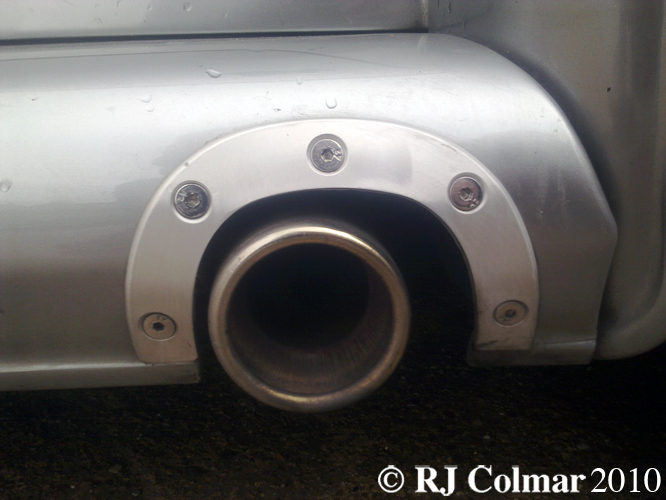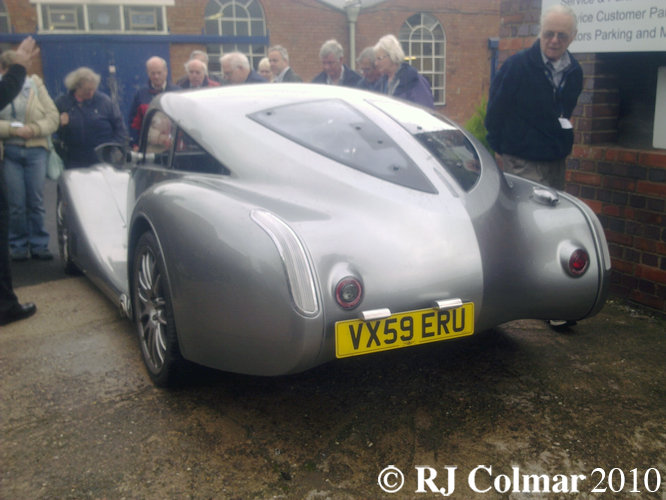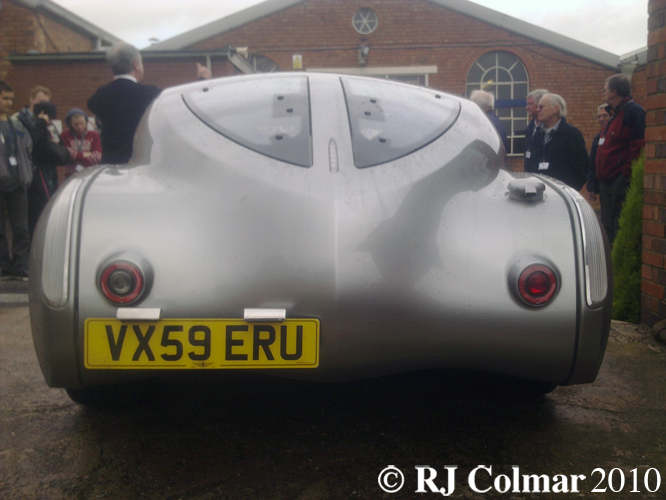Mid way through 1972 James ‘Hunt The Shunt’ got fired by the STP March Formula 3 team for taking over a vacant seat with a rival team at Monaco after his own car had broken down and been hit by another car.
James found himself another ride with the ambitious Hesketh Team founded by Thomas ‘Alexander’ Fermor-Hesketh, 3rd Baron Hesketh, who inherited his title aged just four.
The Hesketh team were not experiencing much joy in the 2nd tier European Formula 2 championship and in a double or quits move Lord Hesketh decided that he may as well be loosing his fortune in the top tier Grand Prix Championship for the 1973 Season.
Things picked up rapidly as James quicky found his feet in Grand Prix racing, notably finishing second in the season ending US Grand Prix running Hesketh’s March 731 engineered through the season by Dr Harvey Postlethwaite. The Hesketh team also brought a legendary ‘ joie de vivre’ to the Grand Prix paddock.
In 1974 Dr. Postlethwaite designed a new car based heavily on the March 731 from the year before. James in the new Hesketh 308 scored a debut pole position at the non championship 1974 Race of Champions ahead of the Ferrari’s of Clay Regazzoni and Niki Lauda, and then came home first from pole in the non championship International Trophy at Silverstone.
For the rest of the 1974 season the teams effort suffered from poor reliability mixed with a couple of podium finishes enough for Hesketh to finish a credible 6th in the manufacturers championship and James 8th in the drivers championship.
Lord Hesketh was adamant about not accepting sponsorship for his team and the cars were upgraded to ‘B’ spec for 1975, the front radiator was replaced by radiators mounted beneath the rear wing. The cars reliability was still less than stellar but when he could get across the finish line James always scored points and often podiums.
On the 22nd of June 1975 the team finally came good at the Dutch Grand Prix held on the drying Zandvoort circuit, after making an early pit stop for dry tyres James was able to leap frog leader Niki Lauda when he made his pit stop and held on to take the Hesketh teams only victory, the last ever by an unsponsored team.
James finished an impressive 4th in the 1975 drivers championship and Hesketh 4th in the constructors championship. Alas the good Lord had to call time on his Grand Prix party for lack of funds and sold up at the end of the season Dr. Postlethwaite and his last Hesketh design 308C joined a partnership between Walter Wolf and Frank Williams, while James Hunt went and drove for McLaren and the remains of the Hesketh team using revised 308B chassis upgraded to ‘D’ spec continued to participate in the 1976 season under the direction of Bubbles Horsely the team manager.
US readers might remember the Hesketh team going out with a front page bang, in qualifying for the the 1975 James team mate Brett Lunger was launched into flight by a chicane kerbstone and a photo of the Hesketh crashing back to earth made the front pages around the world. Brett and the car recovered to make the start of the race but retired soon after.
The car featured in today’s blog is the #308-2 chassis which James drove to victory in the Dutch GP. It was owned by Lord Hesketh until 2007 and was to be auctioned at the Silverstone Classic Auction next week however it has already been snapped up and sold by private treaty.
Hope you have enjoyed today’s Nobel edition of ‘Gettin’ a lil’ psycho on tyres’ and that you will join me again tomorrow when I’ll be taking a look at James Hunt’s world championship winning car. Don’t forget to come back now !


